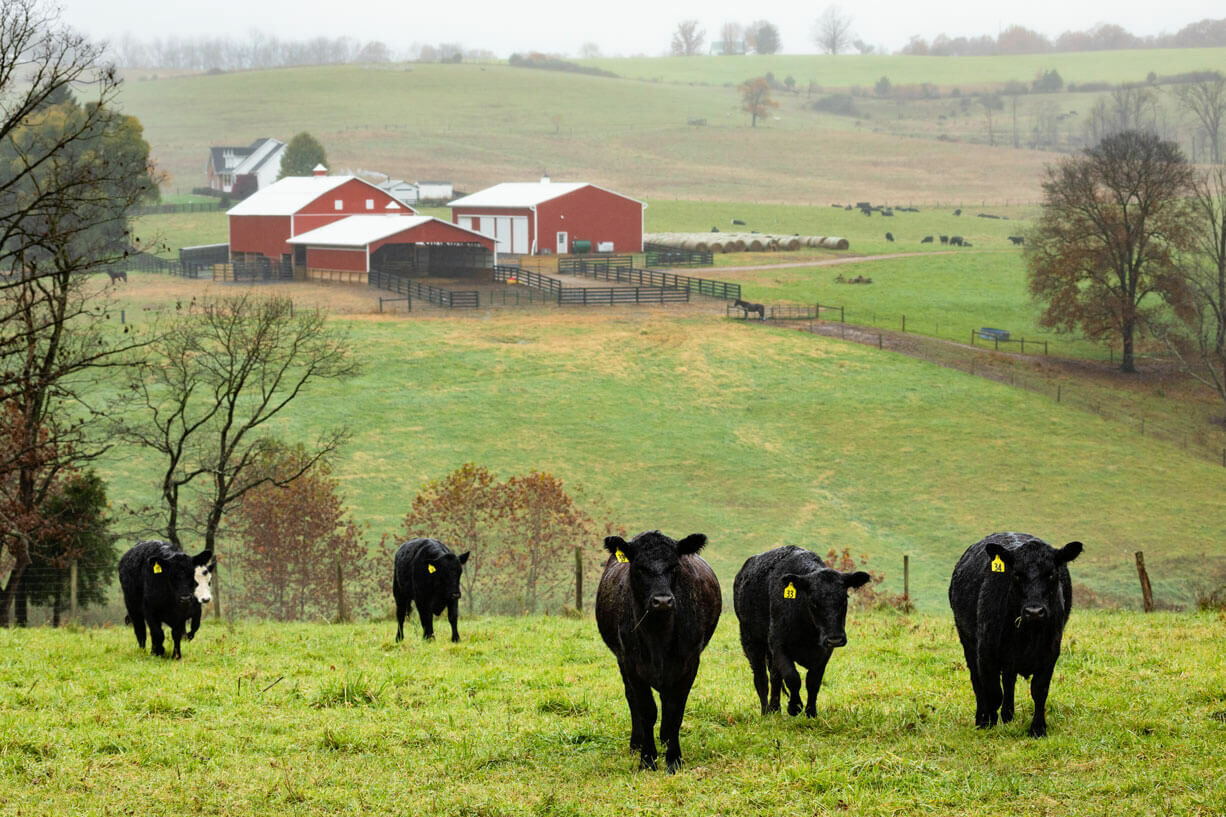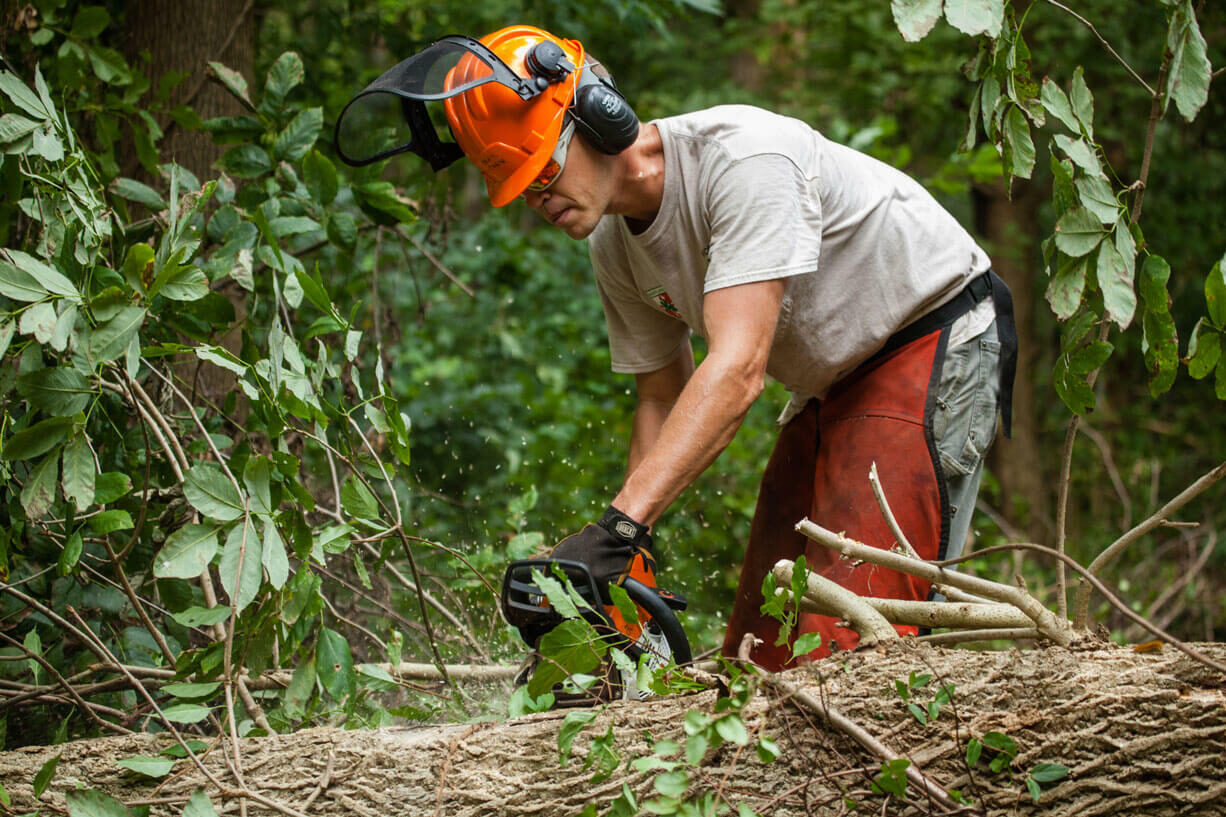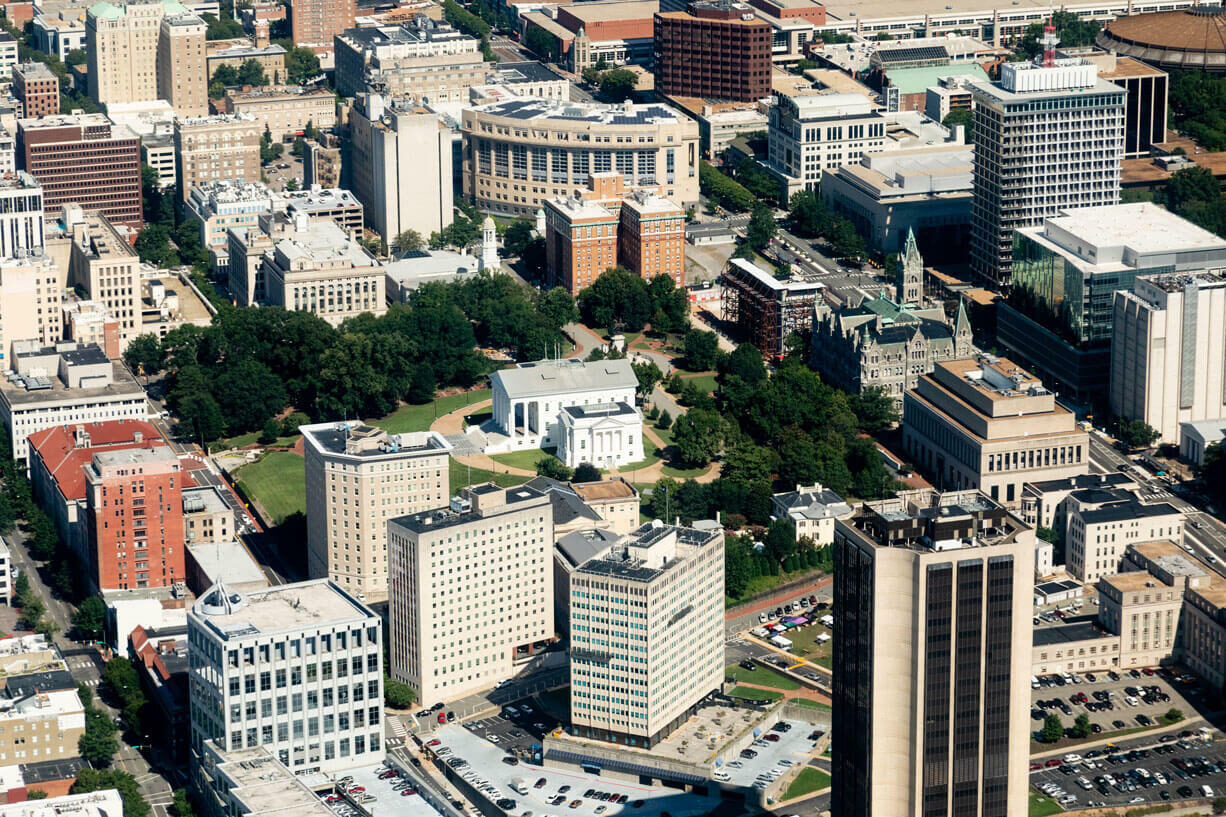Land Use
The Chesapeake Bay watershed spans 64,000 square miles of land. It encompasses parts of six states and all of Washington, D.C. While undeveloped land like forests provide clean air and water, wildlife habitat, and support the region’s economy, a large portion of the land in the watershed is used to grow crops, raise livestock and build homes and businesses that support the more than 18 million people who call the watershed home.
Land use investigations can help students make connections to their daily actions on land and the health of local waterways. With more than 100,000 streams, creeks and rivers crisscrossing the Bay watershed, everyone lives within a few miles of a waterway. Even in the middle of a town or city, our storm drains connect us to waterways that act like pipelines; carrying pollution from our communities to the Bay.
Investigations around land use can be as simple as having your students observe where water flows after a rainstorm and considering how development, agriculture, and natural habitats can pollute or clean-up runoff. Stewardship and civic action projects focused on reducing our impact on the land and protecting habitats can play a critical role in restoring the Chesapeake watershed.



